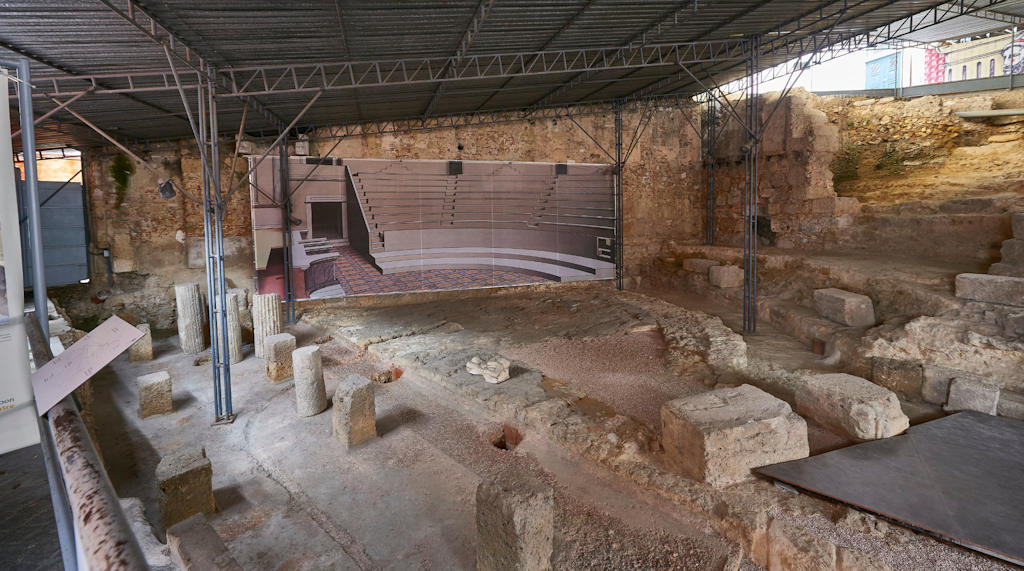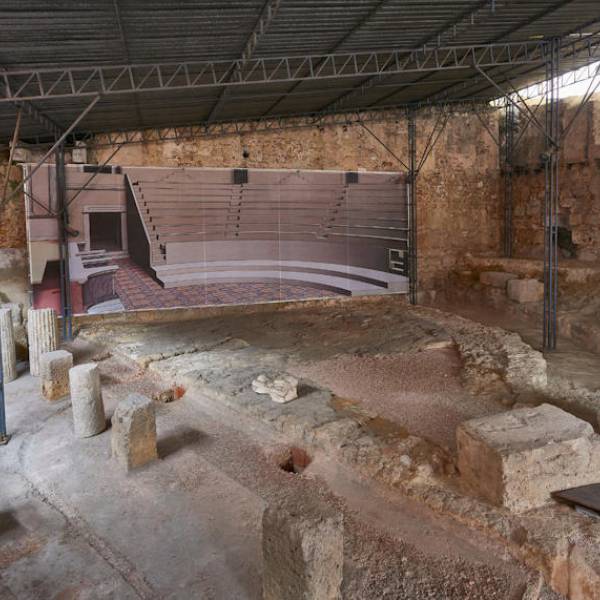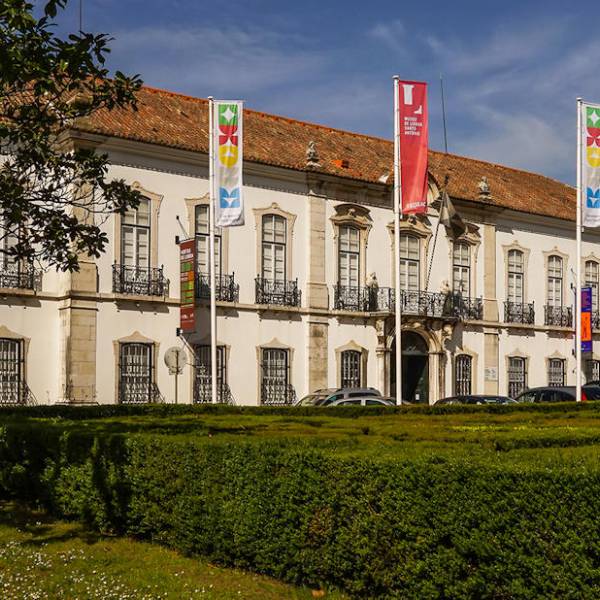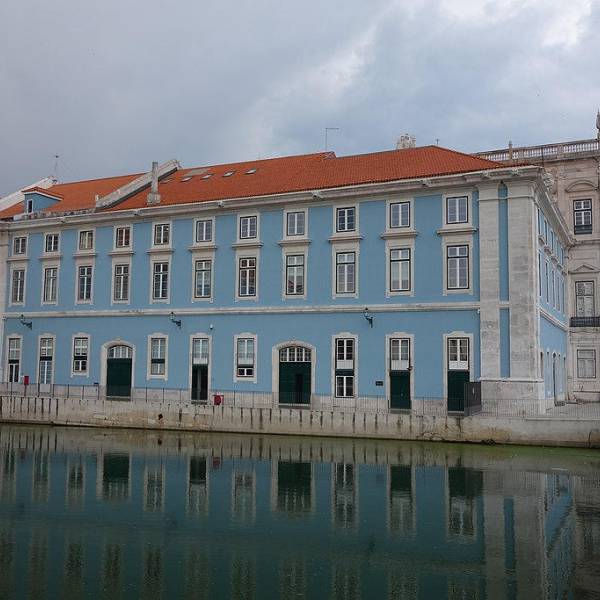The Museum of Lisbon - Roman Theatre provides an immersive experience, enabling visitors to explore the extensive foundations of the proscaenium, the majestic supporting wall of the scenic façade, as well as the orchestra, an exclusive area reserved for the city's elite during theatrical performances. These archaeological excavations transport visitors back in time, evoking the magnificence and cultural richness of ancient Roman entertainment.
In its quest to continually enhance the visitor experience, the museum underwent a temporary closure between 2013 and 2015. This closure facilitated the public exhibition of newly discovered archaeological remains, allowing enthusiasts to witness firsthand the exciting finds unearthed during this period. The reopening in 2015 marked the museum's transformation into the Museum of Lisbon - Roman Theatre, presenting an improved accessibility infrastructure and a revitalized long-term exhibition.
Lisbon.vip Recommends
The Museum of Lisbon - Roman Theatre stands as a testament to the city's commitment to preserving and celebrating its rich cultural heritage. Through meticulous archaeological exploration, captivating exhibits, and innovative architectural design, the museum offers a gateway to an ancient world, where the splendor of the Roman era is brought to life. Visitors are invited to embark on a captivating journey, where they can immerse themselves in the magnificence of the past, gaining a profound appreciation for the historical significance and artistic prowess of Felicitas Iulia Olisipo.
Map View






